Guest writer: Anna Nilsson Spets
Coffee in Dakar's harbour is excellent, albeit a little expensive because it's in a yacht club, not for the benefit of snotty people. The ferry leaves and the crossing to Ile de Goree takes 20 minutes and is frequented by everyone from tourists to islanders who have been to town.

My accommodation for the next few days is in one of the many alleys, an old renovated colonial house with a courtyard and a cosy terrace on the roof.

Ile de Goree is popularly known as the slave island and if you look at an aerial view of the island you can see the fort with its cannons, a hill with bunkers and trenches and on the west side is the house of the slaves. An island that clearly had reasons to protect itself. The island is only 900 metres long and 350 metres wide.

Many beautiful renovated houses from the colonial era as well as others that have fallen into disrepair.


From the outside it looks like any refurbished old house, but when you open the door and step into the courtyard you are met with nothing but horror and sadness. The house of the slaves. For almost 400 years, Ile de Goree was the last outpost for slaves leaving Africa.

The lower level of the house contains a system of cells, different cells for women, children, men and the sick/mentally unwell. Raids were done in the villages on the mainland, children were separated from their families and put here to await shipment. Up to 200 people could share a cell, many succumbed to disease and were not even buried, they were thrown to the sharks.


On Ile de Goree there were 28 different houses for slaves. The supervisors and their families were housed upstairs.

The walls weep with anguish and despair, in the wind I sense the agonising sighs.
Port of no return, the door to the slave ships. More than 20 million slaves are believed to have stepped out of this door into a life of slavery. After auction, the men were shipped to America, the women to Brazil and the children to Tahiti. They never saw each other again.

Today, the House of Slaves is a popular tourist destination and many famous people such as Obama and Mandela have left written imprints. An era that is some time ago in history but should not be forgotten.



If you want to visit the slave island, it can be done in one day, I chose to stay three nights and soak up the more positive atmosphere.




Back in the chaos of Dakar... A vibrant, messy and dirty capital that didn't feel a hundred per cent safe to loll around in. A taxi to the market of course, suspicious looks and difficult to photograph.

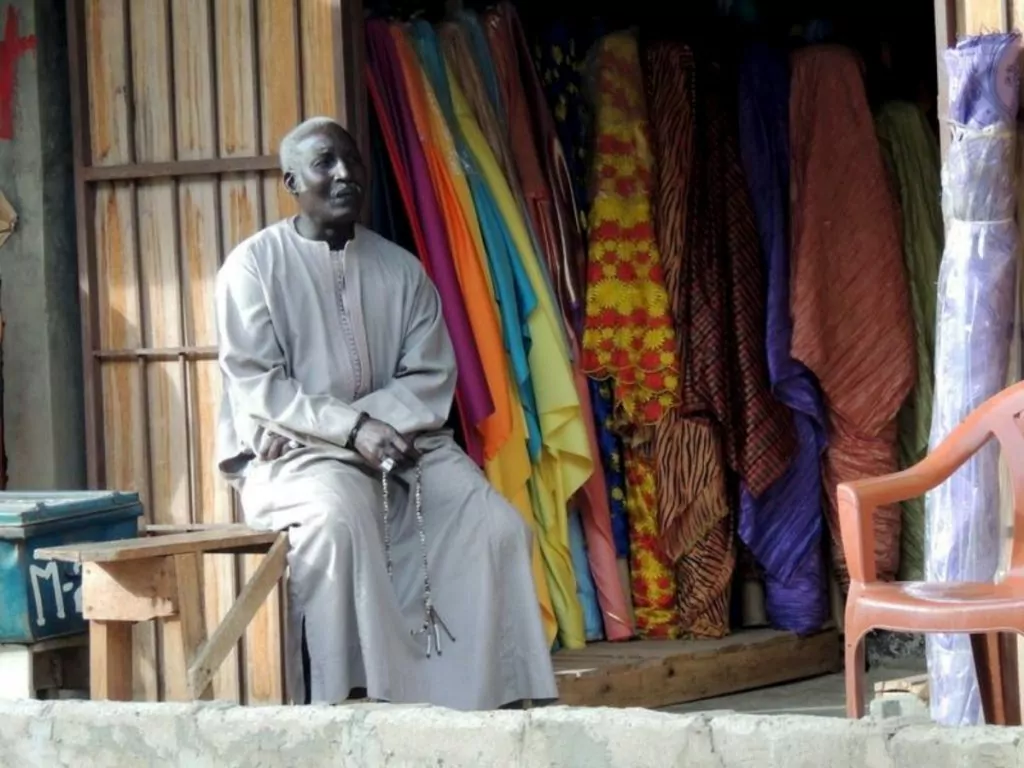


Dakar is divided into small municipalities, each part governed by a political/religious leader, the marabout.
A day trip with a local English-speaking guide felt much safer. The morning started with the fish market in Yoff. The colourful boats are typical of Senegal.




On to Almadies, a coastal village that locals visit at weekends. Many nice restaurants and an occasional seafood farm. Almadies is as far west as you can get in Africa. If you swim right across the sea you will sooner or later end up in Brazil.


The lighthouse is located on one of the two breasts, the Deux mamelles. On the other breast is a 49 metre bronze statue that took 4 years to make and cost millions of dollars which, in my opinion, could have been spent elsewhere.

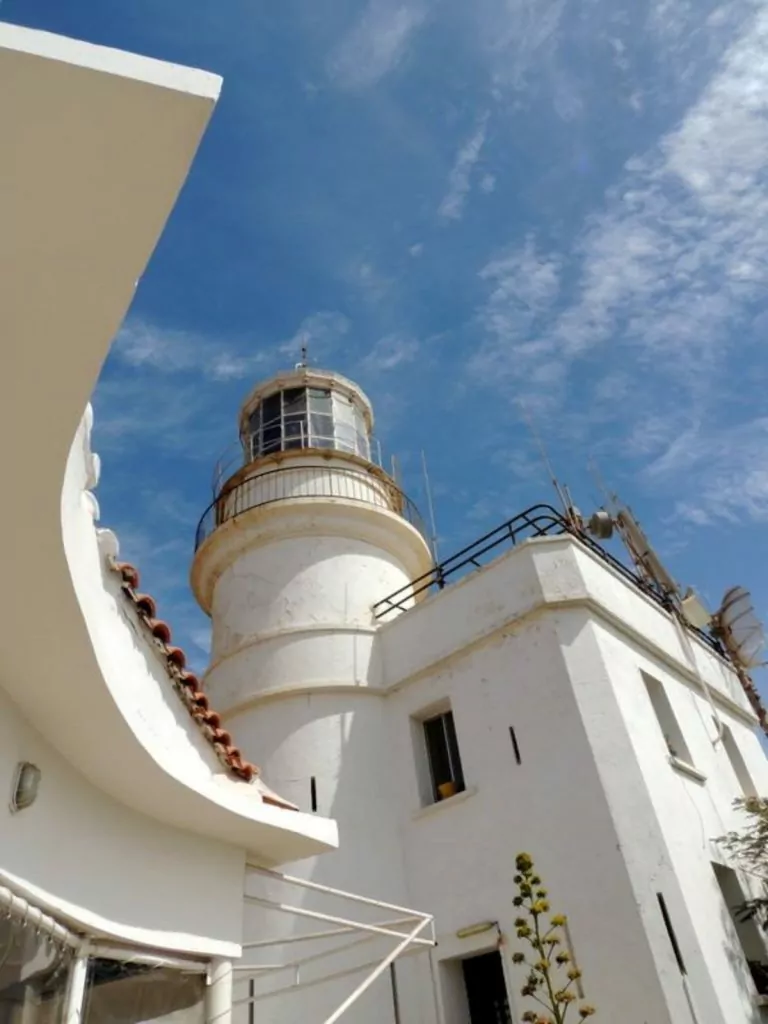
A beacon for boats along the coast since 1864, the lighthouse is 16 metres high and I breathe my way to the top for a breathtaking view.
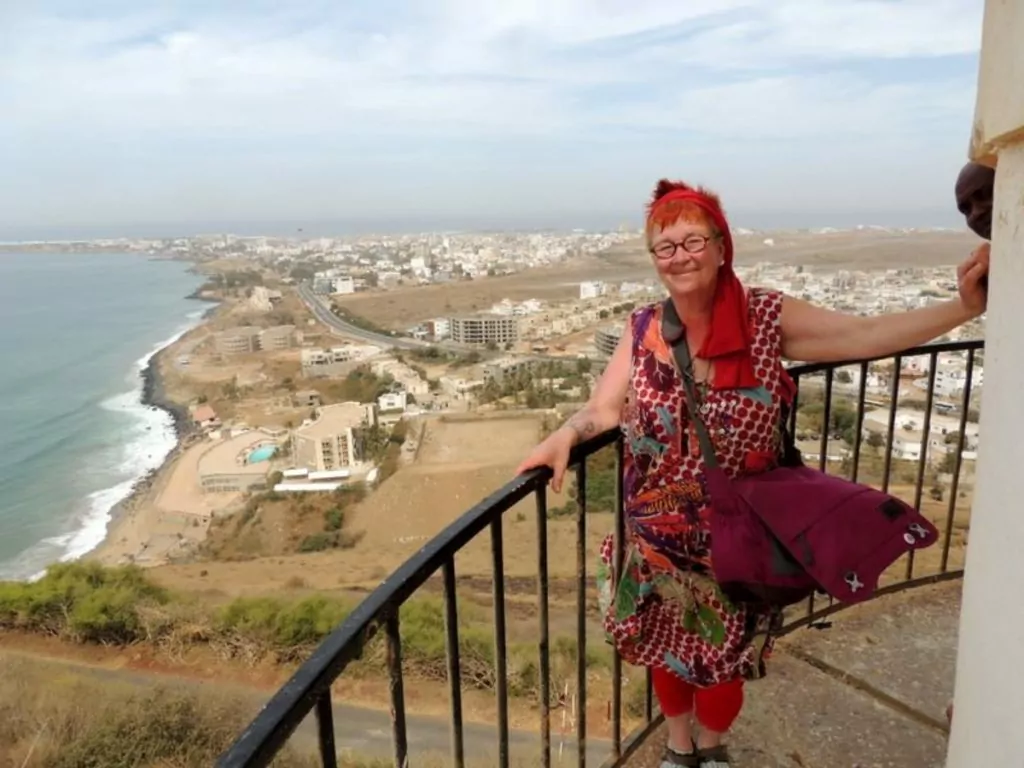
The lamp is a 1000 watt halogen lamp that is visible from a distance of 60 kilometres.

A real tourist trap was the next stop, the craft market. Typical African shiny ebony figures, recycled items, masks and paintings.
The instrument maker was impressive, making everything from the traditional kora to the talking drums. I had hoped to meet Yossou N'dour in Dakar, one of my favourite artists, but he was on tour so that didn't happen.

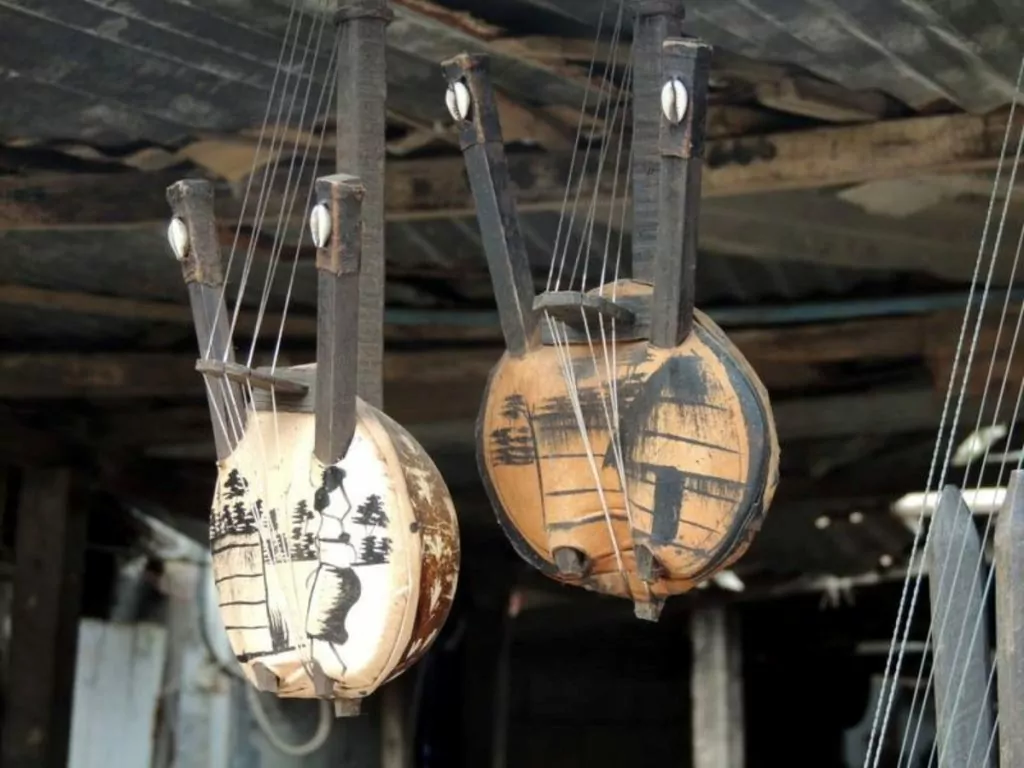
The artists' village, home to many of Senegal's best artists and craftsmen, rounded off the day.



It was my last evening in Dakar, I took a walk in the neighbourhood and heard singing and music, maybe N'dour had come back after his tour? I see a big tent full of people singing and dancing, I keep my distance at first but then I am invited into the tent. It is a monthly meeting in the neighbourhood, the marabout wants to greet me and I take off my shoes, kneel down and talk to the leader in excellent English.

A remarkable evening of evocative music and song concludes the Dakar chapter.
In the morning I am picked up by Adama, my guide from yesterday, he will drive me to the airport via Lac Rose, the pink lake that is more orange today.


At certain times of the year, it can be an ordinary sea colour, depending on the season and the temperature. The colour comes from a special kind of algae.

Lac Rose is a salt lake with 40 per cent salt content, the salt is extracted by hand and placed in large piles for drying.

Picking up the salt is the men's job; the women are the ones who carry the 25-kilogram pails. Payment is by the barrel and the work is extremely hard.


This is when my stomach revolts, I feel sick, cold sweat and I ask Adama to drive me directly to the airport. What happens next ... passing out, ambulance to the airport hospital where I have to stay all day until the night flight takes me home ... Shit happens ... again.
I tick off Senegal, and the bottom line is that I still like it better. the eastern side of Africa.

Good to know about Senegal
- Travelling around: Local minibuses or cheap taxis.
- Language: Wolof and Fulani. French available. Very little English.
- Overnight: There are all classes, also really good air bnb.
- Currency and exchange: ATMs in major cities, otherwise West African francs and euros in small denominations.
- Vaccines and health: Follow recommendations from vaccination centre, some parts of Senegal have malaria.
- Hygiene and food: A country with faltering infrastructure, be careful what you eat and drink, possibly Dukoral before departure and Imodium in the travel pharmacy.
- Security: Watching your belongings, being careful after dark















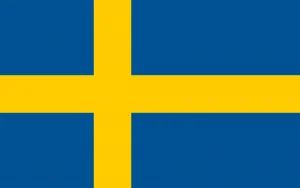




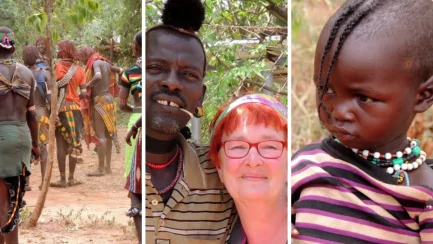




BP says:
Once again, I have to admire you for travelling to countries like Senegal as a single Western woman. It takes courage. Not fun to end the visit in a hospital either. Guess "shit happens... again" refers to just that;-)
Île de Gorée is terrifying. Reminiscent of the film Roots, where the slave is from the neighbouring Gambia and is transported to the US, but still) and Robben Island, where Mandela sat.
As usual, absolutely wonderful photographs. You're probably the world's bravest mumazzi;-)
Then it's rather strange that the poorest countries in Africa are always distinguished by extremely colourful clothes, which are also always clean. And that colour print that "hangs in the dryer" is absolutely wonderful. I would definitely have bought it with me home:-)
18 November 2023 - 19:16
Anna Nilsson Spets says:
Mammarazzi, that's a good word. It's true that I spend a lot of time behind the scenes with my camera zoom. Sometimes I ask, get a no and respect that too. Unfortunately, I didn't take the colour print home with me, but my bag is usually full of colourful fabrics or dresses.
19 November 2023 - 8:42
Lena - good for the soul says:
Ugh, what a terrible part of our history that is! Embarrassing to be human sometimes!
What a sad end to your trip. Fortunately, it was not worse than that you could go home directly at least.
Hug Lena
21 November 2023 - 13:05
Anna Nilsson Spets says:
Yes, Lena, it's shameful, the worst part is that human rights violations continue in various forms on a daily basis.
21 November 2023 - 15:21